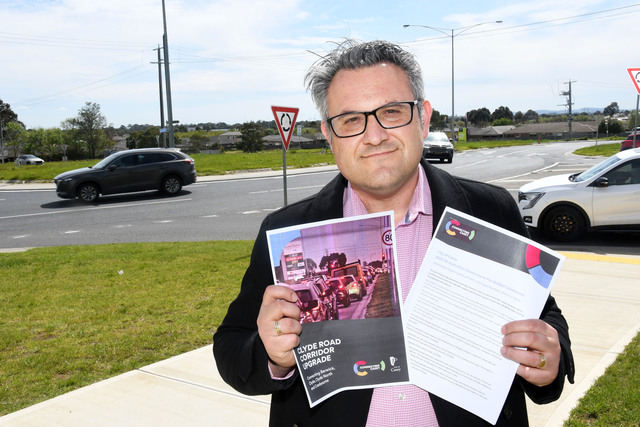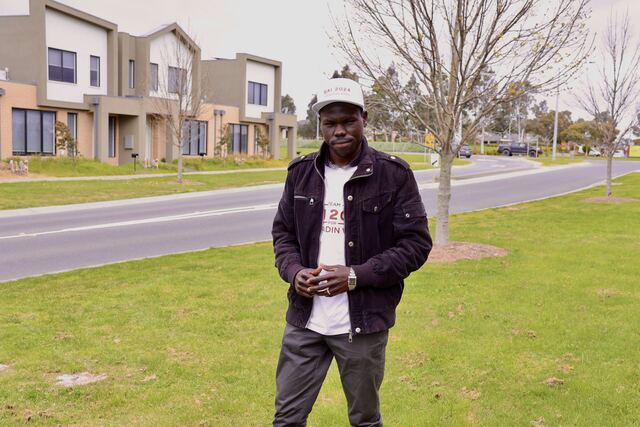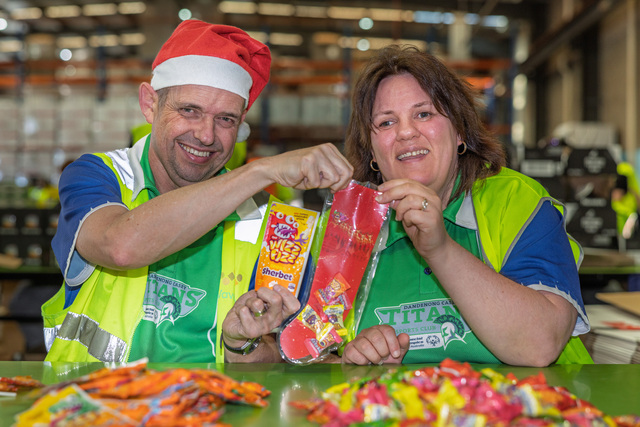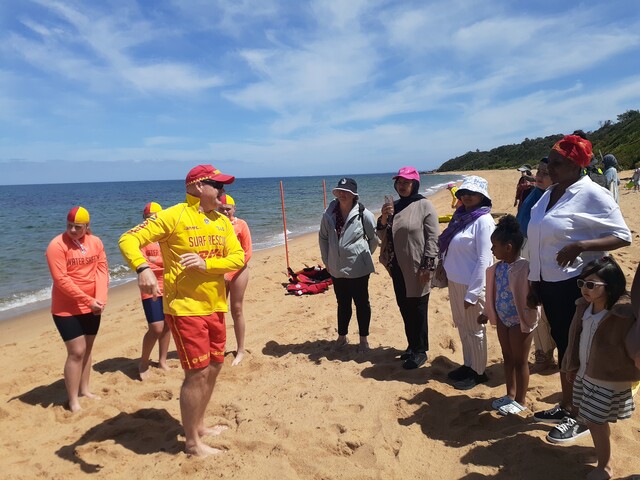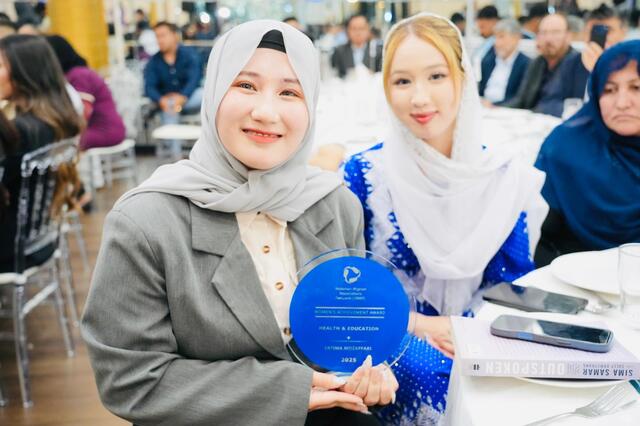As Clyde communities regularly voice their concerns about local traffic congestion and the lack of basic infrastructure, Star News spoke to Tooradin Ward candidates about their perspectives and future orientation towards local planning.
Candidate Andrew Gai said infrastructure needed to be considered before any approval for future development projects.
“Clyde community is within two major roundabouts, the Berwick-Cranbourne Road roundabout and the Thompson Road Berwick-Cranbourne Road roundabout. When everyone is leaving home or coming home at the same time, people are stuck between these two traffic flows,” he said.
“A trip that should take five minutes now could take five times, and that’s stressing for everyone.”
A Clyde North resident whom Mr Gai talked with said managing time had been a big challenge for the Clyde community.
He said they were counting on some road projects to eventually happen for the convenience of the neighbourhood, including widening the roads between Linsell Boulevard and Berwick-Cranbourne Road, connecting existing roads, and removing Thompsons Road roundabout, but it would take years.
“Even though these are state government projects, we, as the local government, still need to advocate really strongly and be the voice for the community and work very closely with our state MPs in the area to see how these projects could be sped up,” Mr Gai said.
Mr Gai also observed that some parking spaces within the housing estate suffered inconsiderate designs, which even incurred fines for residents living there.
Candidate Ali Yaghobi said when the council was considering the Clyde area for residential development many years ago, they hadn’t thought through the infrastructure properly.
“There are many examples including Berwick-Cranbourne Road, Clyde Road, Clyde Five Ways Road, Patterson Rd,” he said.
“Estate such as Elison in Clyde does not have a proper road design to meet the current and future population. Some of the roundabouts such as one at Waterman Drive and Elison Ave are poorly designed. Some of the streets need speed hump.”
He said if elected, he would initiate capital work programs to fix the more urgent areas with the densest population areas, ensure basic infrastructures such as telecommunication, and collaborate with other councillors to make sure any plan would be evidence-based and well-consulted.
“I think all of what I have suggested is achievable and in fact, I don’t see any reason why anyone shouldn’t follow these steps,” he said.
Candidate Anthony Tassone said the existing housing developments in the Clyde community, particularly those East of Berwick-Cranbourne Rd and along Pattersons Rd, had been built with low land parcel sizes, narrow streets and limited entry and exit points.
“When I speak with locals whilst doorknocking, they’re experiencing road congestion just commuting in and out of their own estate before even getting onto a busy major road,” he said.
“There’s a genuine concern of whether emergency vehicles would be able to access parts of their estate promptly given the congestion with parked cars and the narrow roads.”
Mr Tassone pointed out that while the state and the nation had been experiencing housing challenges, it would not be sustainable to continue to approve housing developments here without significant investment in roads and public transport infrastructure from the State and the Federal governments.
He referred to the City of Casey 2022-23 Australian Government Pre-budget submission that outlined the necessary upgrades for the Clyde community, including Clyde Rail Link, the Clyde Rd corridor upgrade, and Thompsons Road upgrade and extension.
Mr Tassone said strong advocacy would be needed to secure funds for these big projects.
“To achieve the outcomes on transport infrastructure investment will take a big team effort, not only amongst the 12 elected councillors but working with the City of Casey executive leadership and broader team and most importantly bringing our residents with us,” he said.
“With no disrespect to predecessors or the administrators, we will need to take a different approach to our political advocacy to achieve success, because ’if nothing changes then nothing changes’.
“This may involve engaging third-party independent advisers to assist with the development of business cases, polling and focus group testing of local residents and government relations.”
Mr Tassone said ratepayer funds should be allocated according to the needs of the community.
“In the annual report for the City of Casey, for every $100 of ratepayer funds collected, $13.91 was allocated to the transport network and infrastructure, while the environment was allocated $26.76 and the council itself $22.18,” he said.
“Speaking with residents, they expect our transport network and infrastructure to be further prioritised, including road maintenance of council roads, additional bus services and bus stops, particularly servicing the Clyde Road corridor.”
Candidate Jennifer Dizon said the “horrible” traffic on Clyde Road and the roundabout on Thompsons Road would be her priorities.
“Everyone’s constantly complaining about Clyde Road. For example, there are three lanes at the intersection and then merging to single lanes,” she said.
“I think we just need a council that will follow up constantly and coordinate with the correct government body.
“Council could also apply for some grants to improve road safety.
“And also I think it’s very important as well to consult with the local people because they’re the ones who, at the end of the day, experience the commutes.”

